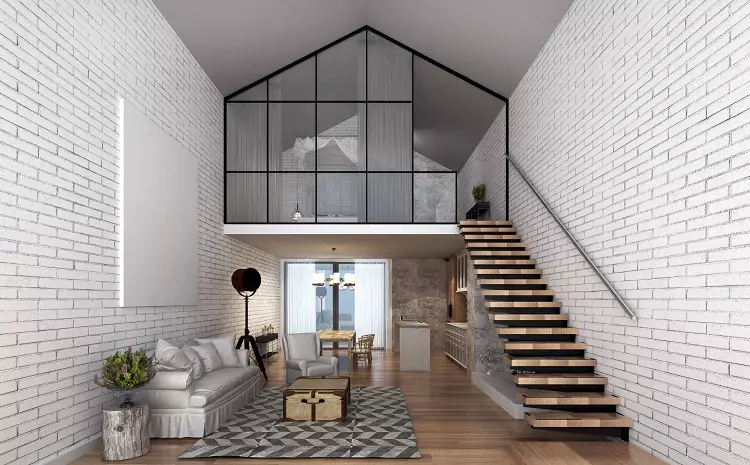Are you ready to explore the materials suitable for your loft conversion project?
Loft conversions are a popular way to maximize the space in a home. Whether you need an extra bedroom or more storage, a loft conversion can be the perfect solution. However, choosing the right materials is crucial in ensuring a successful and durable project.
In this guide, we will how to select the perfect materials for your raised loft boards. This will help you make an informed decision. Read on to learn more.
Know the Types of Materials for Loft Boards
Before you start your search for materials, it’s important to understand the wood types that are commonly used for loft boards. Here are some options to consider:
Chipboard
This is a cost-effective option and a popular choice for loft conversions. It’s made from compressed wood chips and offers good strength and durability. However, it can be prone to moisture damage.
Plywood
Plywood is another popular choice due to its strength, durability, and low cost. It’s made from thin layers of different wood veneer types that are glued together. However, it may not be as resistant to moisture as other materials.
Oriented Strand Board (OSB)
Similar to chipboard, OSB is made from compressed wood strands but is generally more moisture-resistant and stronger than chipboard. It may be a better choice for areas with high humidity or potential water damage.
Solid Wood Boards
For a more traditional and natural option, solid wood boards are a great choice. They offer strength and durability but may be more expensive than other materials.
Consider the Thickness of the Boards
The thicker the board, the stronger it will be. Generally, it’s recommended to use 18mm thick boards for loft conversions. However, if your joists are further apart, you may need thicker boards to prevent sagging and ensure proper weight distribution.
In addition, the loft flooring legs or supports should also be considered. These will help distribute the weight capacity of the boards and prevent any damage to the ceiling below.
To help you find the best, you can shop loft flooring legs here. They come in different sizes and types to suit your specific needs.
Choose Moisture-Resistant Materials
Choosing moisture-resistant materials can help prolong the lifespan of your boards. This can prevent damage from condensation, leaks, or high humidity levels in your loft space. It will also ensure that your boards remain strong and stable over time.
Look for Fire-Retardant Options
When it comes to loft conversions, fire safety is crucial. Look for materials that are fire-retardant or have a Class 1 fire rating to ensure maximum safety. This will not only protect your home but also potentially reduce insurance costs.
Consider the Aesthetics
Lastly, consider the overall look and feel of your loft space when choosing materials. You may want to opt for a natural wood finish or choose materials that can be painted over to match your interior design.
In addition, consider the noise levels of different materials. For example, solid wood may offer better sound insulation compared to chipboard or plywood.
Selecting The Best Materials for Loft Boards
Choosing the right materials for your raised loft boards is essential in ensuring a successful and long-lasting project. Consider the type, thickness, moisture resistance, fire safety, and aesthetics when making your selection.
Don’t forget to also invest in loft flooring legs or supports to properly distribute the weight of the boards. With the right materials, your loft conversion can be a beautiful and functional addition to your home.
Browse our other blog posts for more information and tips!

Mark Thompson, a seasoned pest controller, is renowned for his expertise in keeping homes and businesses free from unwanted intruders. With a passion for environmental sustainability and a deep understanding of pest behavior, Mark has become a trusted authority in the industry.
